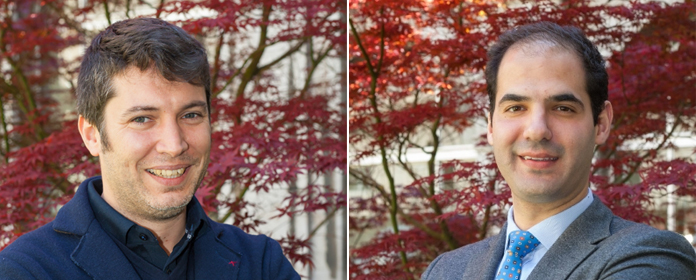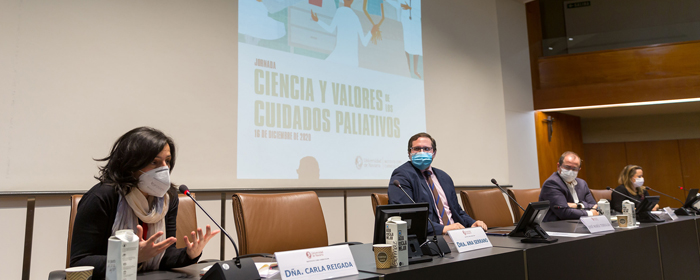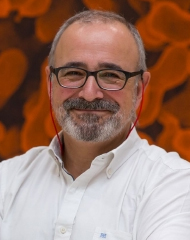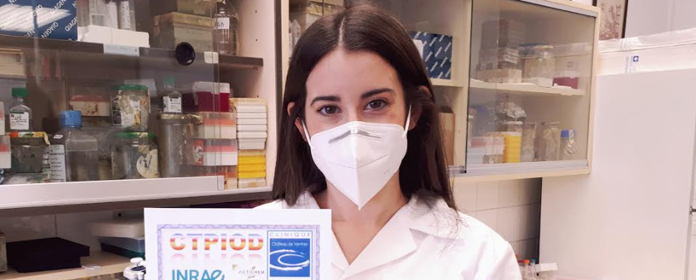Two researchers analyze education in values in Argentine secondary schools
Juan Pablo Dabdoub and Apolinar Varela were previously in Mexico and Colombia as part of a joint project between the School of Education and Psychology and the Institute for Culture and Society. This project receives funding from the Templeton World Charity Foundation

FOTO: Manuel Castells
Juan Pablo Dabdoub and Apolinar Varela, both of the University of Navarra, conducted field work in Argentina to analyze education in values in two secondary schools— one public and the other private. The private school they evaluated is supported by organizations and aimed at students with lower economic resources.
This is the third and last round of field work that the researchers have undertaken within the framework of the Researching and Promoting Character Education in Latin American Secondary Schools project, which is jointly organized by the School of Education and Psychology and the Institute for Culture and Society (ICS). It receives funding from the Templeton World Charity Foundation. The other two fieldwork locations were in Mexico and Colombia.
"At the schools we have visited, there is great interest in issues related to character education. They consider it very necessary," Juan Pablo Dabdoub noted. In particular, he affirms that in the school he visited, "they even considered it an indispensable basis on which to build the rest of education."
However, he emphasizes that "teachers are not trained to perform this task: they do not know how to do it. In addition, they have very little time to devote to this work or anything else that is not specified in the school curriculum."
Apolinar Varela adds that character education in Argentina has numerous challenges not only in the educational field, but also socially and economically.
Juan Pablo Dabdoub emphasizes three priorities: "First, that societies reach an educational, political and social agreement on what is to be achieved and how it is to be achieved; second, to study and identify the concrete needs in each school in order to achieve the intended objective; and thirdly, to carry out a medium and long-term resource investment plan to address— as much as possible— the needs identified in educational institutions.




